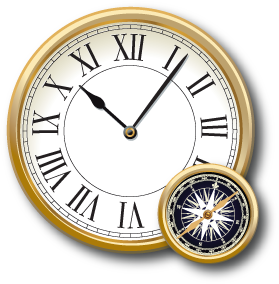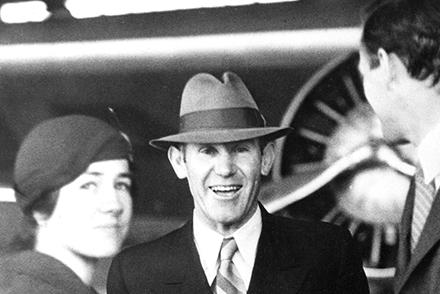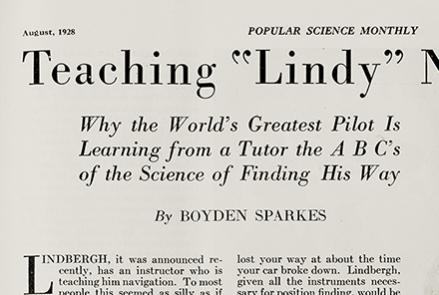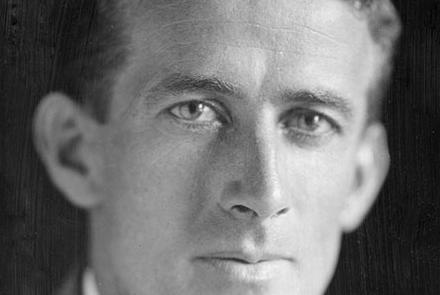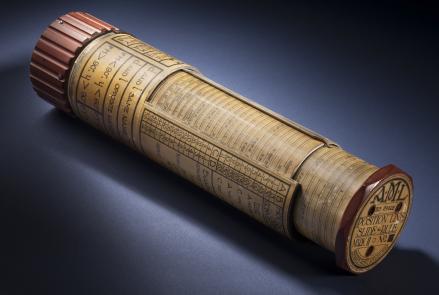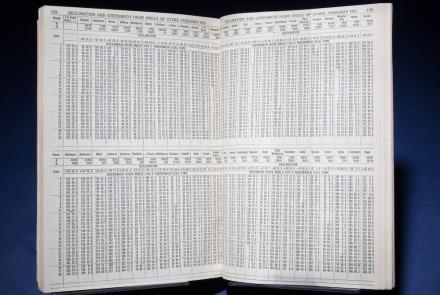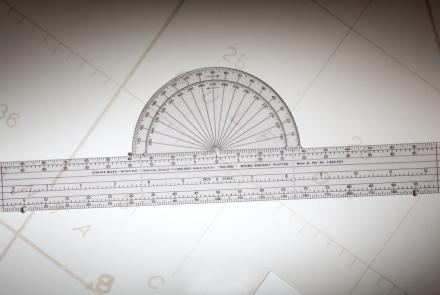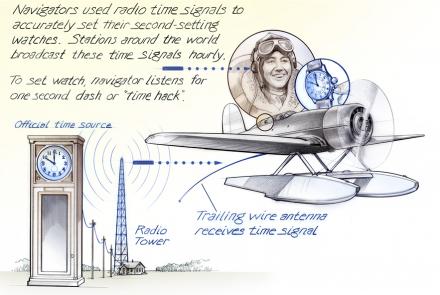America’s new hero needed instruction in navigation. He found a teacher in P. V. H. Weems.
As Charles Lindbergh retired the Spirit of St. Louis to the Smithsonian Institution in 1928, he was planning even riskier oceanic flights. He knew his seat-of-the-pants approach to navigation was no longer enough. So, Lindbergh sought out the best navigation instructor he could find: U.S. Navy officer Lt. Cmdr. Philip Van Horn Weems.
P. V. H. Weems tutored Charles Lindbergh and other air navigation pioneers in new techniques of celestial navigation. Weems had been inspired while serving in support for the NC-4’s Atlantic crossing in 1919. Often angering his traditional-thinking superiors, he pursued new methods of air navigation.
Weems spent two weeks in 1928 instructing Lindbergh in his more practical system of celestial navigation. Lindbergh stayed in touch with Weems afterward and helped promote his new air navigation business.
Weems improved the processes and equipment for fixing position. He also established programs and schools to educate many of the most influential aviators of the 1930s. His greatest legacy was influencing the air navigation programs of U.S. airlines and the military. His techniques became the standard for long-range navigation for three decades.
P. V. H. Weems first demonstrated his new methods of celestial air navigation in a Navy mail plane off the coast of California in 1927.
Weems’ chief navigation instructor in the early 1930s was Harold Gatty, who was widely regarded as the nation’s most capable air navigator. He taught navigation to Charles Lindbergh’s wife and co-pilot, Anne Morrow Lindbergh, and convinced the Army Air Corps and Pan American Airways to adopt the Weems System of Navigation.


